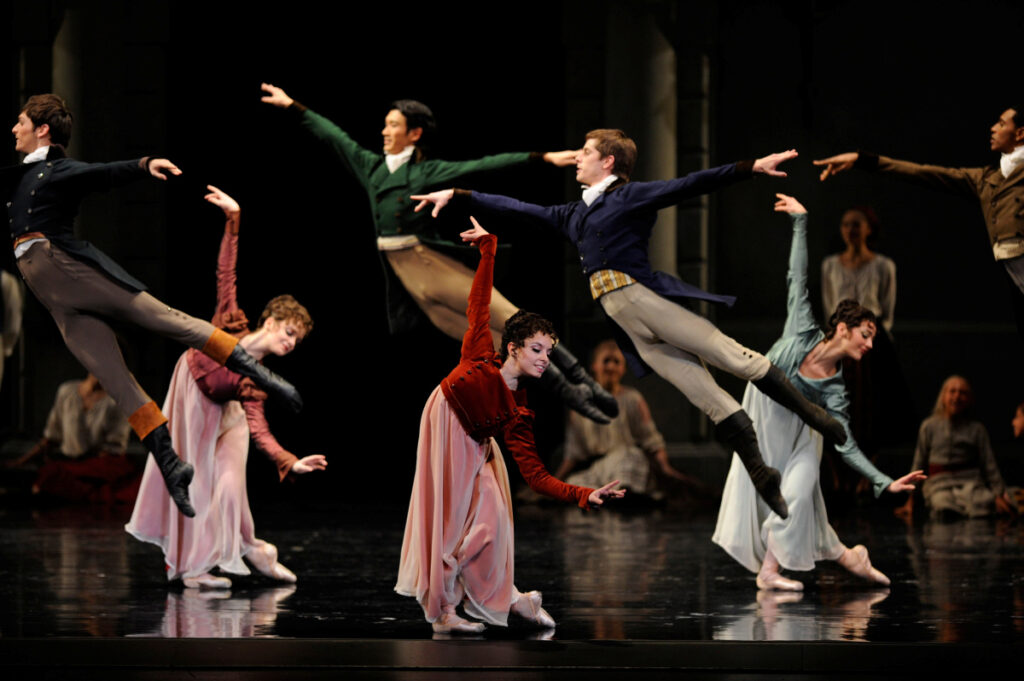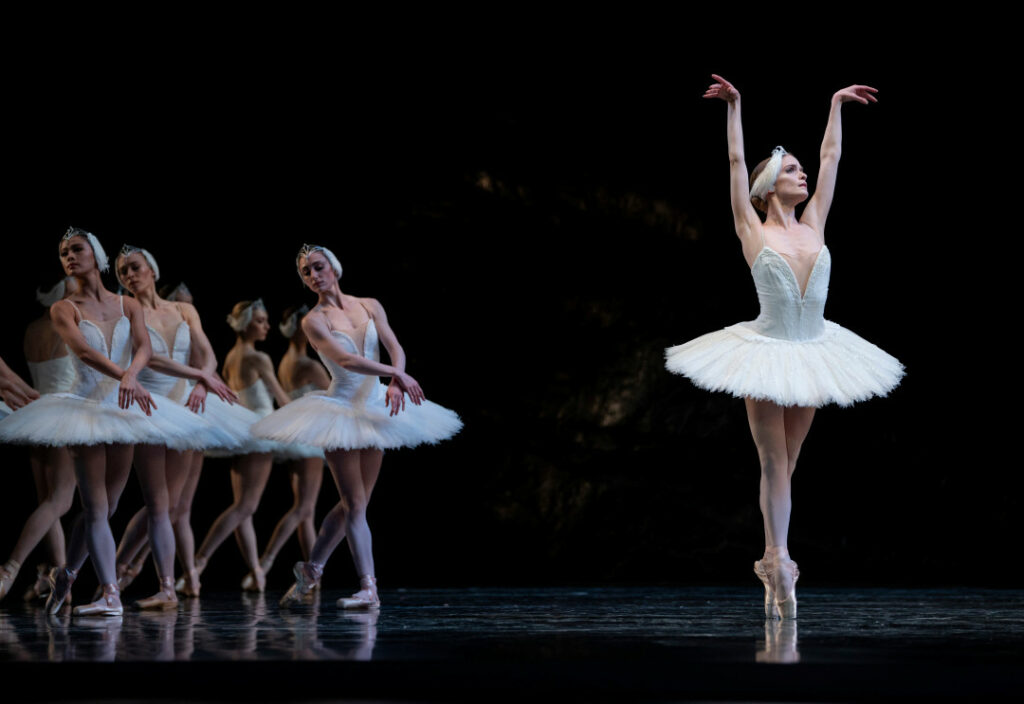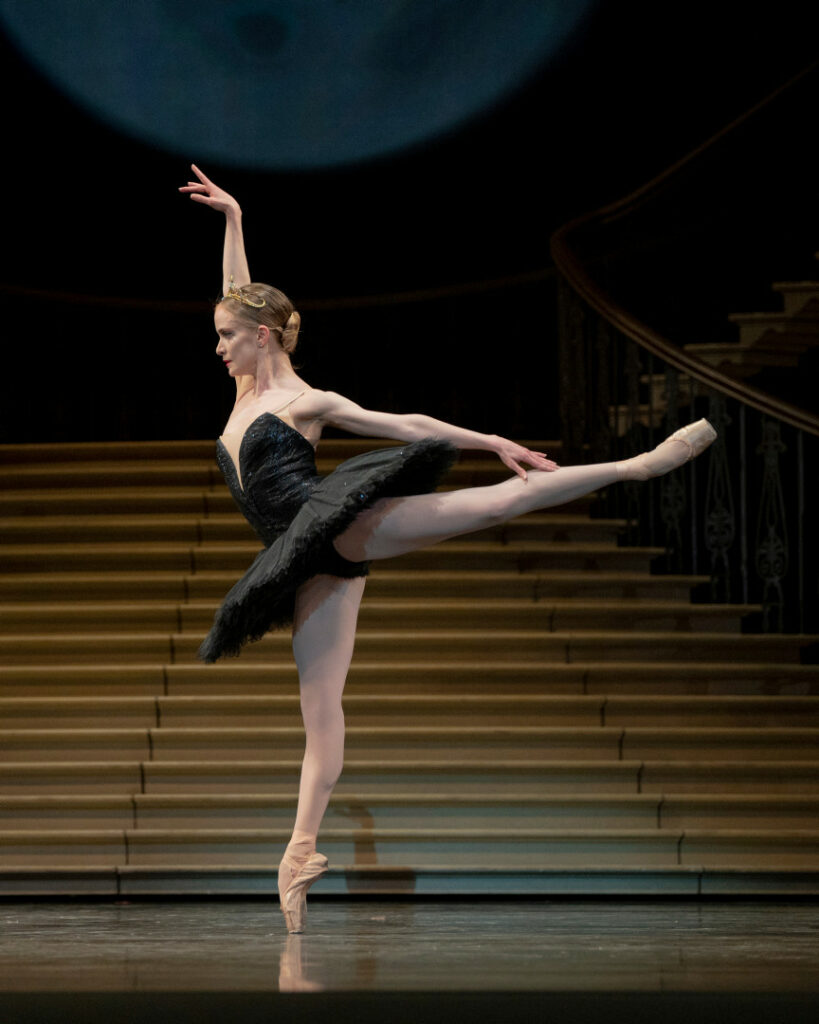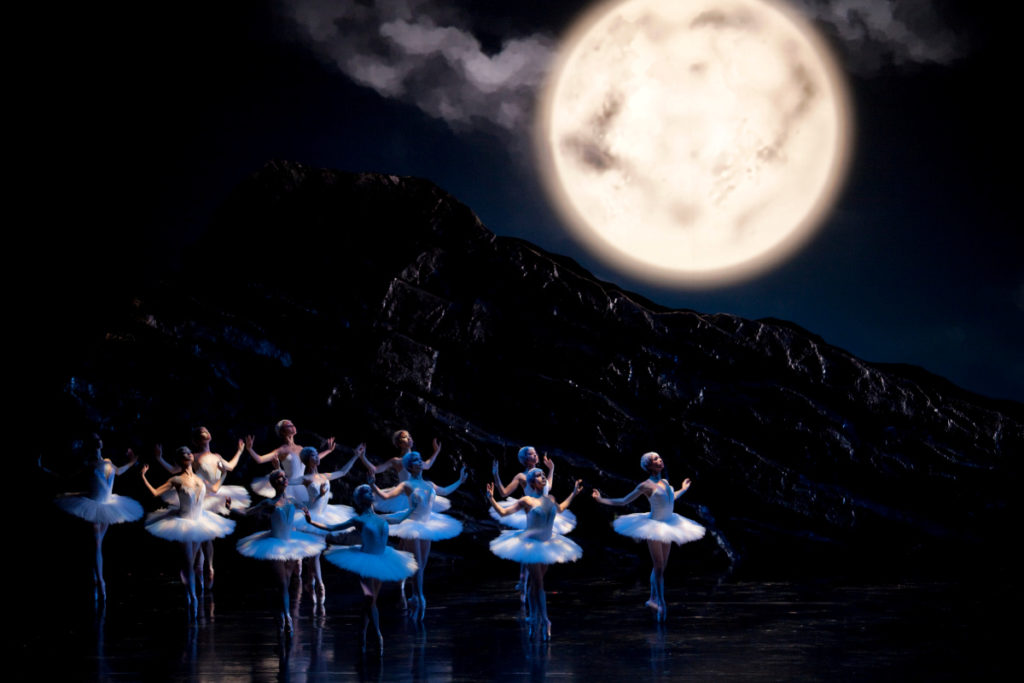Your Ultimate Guide to Swan Lake
High Drama. Gorgeous Music. Ballet’s Most Iconic Roles.
What Is It? Ballet’s most famous love story, featuring one of the art form’s most iconic roles. Thanks in part to this ballet’s prevalence in pop culture (think: Natalie Portman in Black Swan, but also, Rudolf Nureyev on The Muppets or Taylor Swift’s ballerinas in Shake It Off), swans and ballet have become nearly synonymous in the cultural imagination. That history—plus the high drama, thrilling dancing, and gorgeous music in Helgi Tomasson’s 2009 production of Swan Lake—make it one of SF Ballet's most popular productions.
In Short? Tragic love; a Tchaikovsky score; and swans, swans, and more swans.
Who’s It For? Fans of movies that make you cry, Olympic-level athletics, and bird-watching.
What Will I See? The story begins with a young woman named Odette . . .
PROLOGUE
The Plot: The ballet opens with young Princess Odette taking a walk alone by a lake. Now if this were a horror movie, you’d know this isn’t going to end well—and, indeed, it doesn’t. Evil sorcerer Von Rothbart appears and, before Odette can escape, transforms her into a swan.
What Should I Look For? Many productions of Swan Lake jump right into Act I, but Artistic Director and Principal Choreographer Helgi Tomasson wanted his production to start here, with just our heroine and our villain. This moment isn’t about dancing, but rather about introducing Odette. We meet her as a woman, instead of as a swan, and we meet her in the middle of her story, instead of being told about it via mime later on. Notice how this brief interlude might change your perception of the story that’s to come.
ACT 1

The Plot: Prince Siegfried is turning twenty-one, and his friends are throwing him a party. He’s enjoying the festivities—that is, until his mom shows up. And even worse, she comes bearing bad news: it’s time to get married. The Queen lets Siegfried know that she’ll be hosting a ball the next day and has invited a variety of princesses to attend. He can pick the one he likes the best. Oh, and she also gives him a crossbow.
Though pleased about the new weapon, he’s not so pleased about the order to get married. But just as he’s really getting upset, he notices a flock of swans. Aha! Taking that new crossbow out for a spin will really help his mood.
What Should I Look For? This is where we first meet Siegfried and start to understand his motivations: watch how he interacts with his friends, and also for his solo, which is full of big arabesques and long, reaching movements that suggest his yearning for a different life. Also, keep an eye out for the “pas de trois,” a short piece danced by two women and a man. Full of tricky steps and opportunities for each dancer to shine, this dance offers a chance for a few principal dancers to show their stuff, or for a few up-and-comers to make a big impression.
ACT 2

The Plot: That swan Siegfried sees? Turns out that’s Odette, who transforms back into a woman right as he’s about to shoot. He’s fascinated. She tells him her whole sad story: evil sorcerer, swan during the day, woman at night. But there is a way out—if a man promises his love and remains faithful, the curse will be broken, and Odette and all her friends will be free. Siegfried jumps on the opportunity and declares his love. At daybreak, Odette returning to her swan form and Siegfried heading off to his mom’s party with a secret of his own.
What Should I Look For? This is maybe the most famous scene in all of ballet: Odette and her dozens of swans, all dressed in white tutus, dance together, moving and breathing as one. Their ports de bras (movements of the arms) are particularly famous: a ripple through the full length of the arm, beginning at the shoulder blade and extending all the way to the fingertips. Odette should really give a sense of being both a woman and a swan in this act—or a woman used to spending most of her time as a swan. Also, keep an eye out for one special moment for the four shortest girls in the corps de ballet: they’ll dance together holding crisscrossed hands and moving their feet and heads in perfect sync. It’s much harder than it looks!
ACT 3

The Plot: This is when things begin to really go sideways for Siegfried. We’re at his mother’s ball and she’s brought five prospective brides for him to meet. But he’s still thinking about Odette and tells his mother he can’t marry any of these women.
At that moment, two new guests arrive: Von Rothbart and his daughter Odile, transformed to resemble Odette. Siegfried is drawn to her and they dance together. He doesn’t even notice Odette when she waves at him through the window. At the end of their dance, he declares his love for Odile and, with his mother's approval and Von Rothbart’s encouragement, he swears his formal oath.
Odile and Von Rothbart take that opportunity to reveal their true identities, but it’s too late. Siegfried sees Odette through the window. Realizing what he’s done and horrified that he’s fallen for this villainous trick, he chases after her.
What Should I Look For? The Black Swan pas de deux. This piece of choreography is one of the most famous in the repertory, renowned for both its technical difficulty and its dramatic cohesion. In the plot, this moment is when Siegfried falls for Odile, believing her to be Odette. This idea is conveyed in two ways: first, her movements imitate Odette’s from the prior act, including wing-like arm movements. And second (and in Siegfried’s defense), Odette and Odile are danced by the same dancer.
But what you’re looking for isn’t how similar the dancing is, but rather how different. Where Odette was soft, Odile is sharp. Where Odette was innocent, Odile is seductive. This role is the ultimate test of a ballerina because she has to be able to do both kinds of dancing with equal skill.
Oh, and keep an eye out for the final section of the pas de deux as well, the “coda.” The turns Odile does, called fouettés, are extremely hard and take up 32 counts of music. The very first Odile, Pierina Legnani, was the first woman able to perform this feat and now everyone who dances the part has to do the same!
ACT 4

The Plot: This isn’t going to end well. Siegfried’s betrayal has solidified the curse and Odette will stay a swan forever. He begs her forgiveness and she grants it (a more forgiving woman than most!), but there’s nothing to be done. She decides she can’t live this way any longer and throws herself off a cliff. Siegfried follows. The end, right?
Not quite. This act of pure love breaks the spell and kills Von Rothbart (love is apparently more effective than that crossbow from the first act). With the spell broken, Odette and Siegfried’s spirits are reunited in the afterlife.
What Should I Look For? This act is all about the drama. Watch for the ways that Siegfried, Odette, and Von Rothbart interact with each other. This is the climax of the ballet and the moment when the steps and technique fade to the background (though are of course still there!) and the storytelling, passion, and emotion come to the fore.
by Jennie Scholick, PhD
2025 2026 Season: Packages Available Now
Where tradition meets transformative innovation, San Francisco Ballet's 2025-2026 season redefines storytelling through movement and music.








